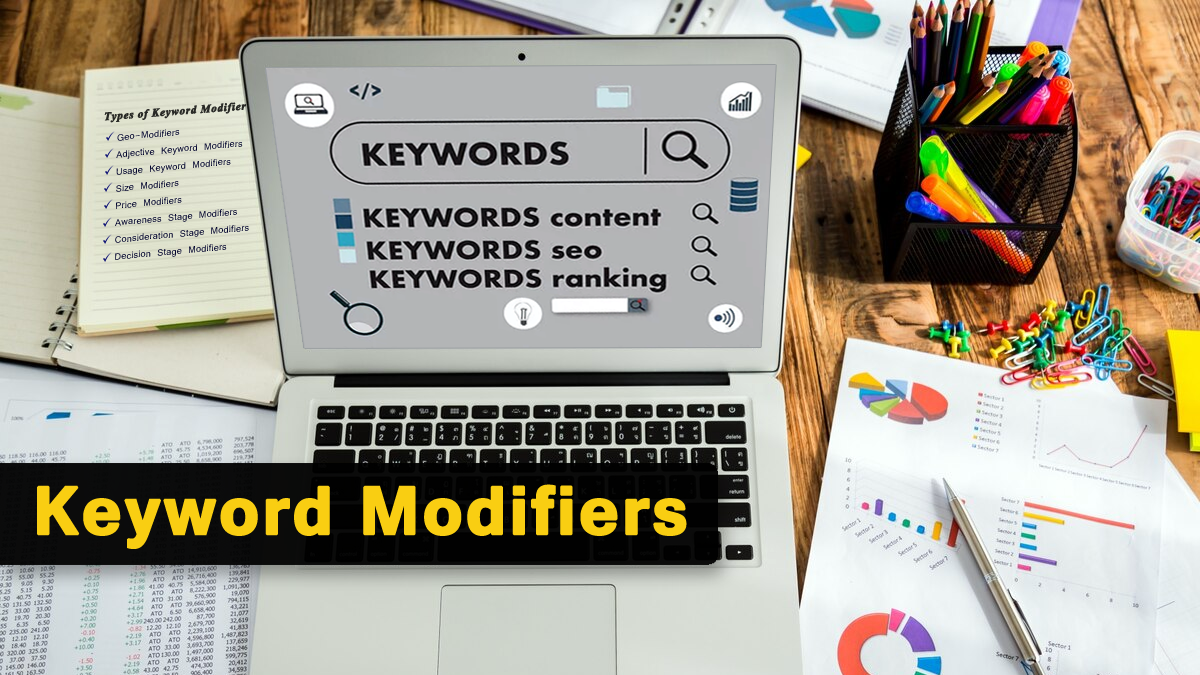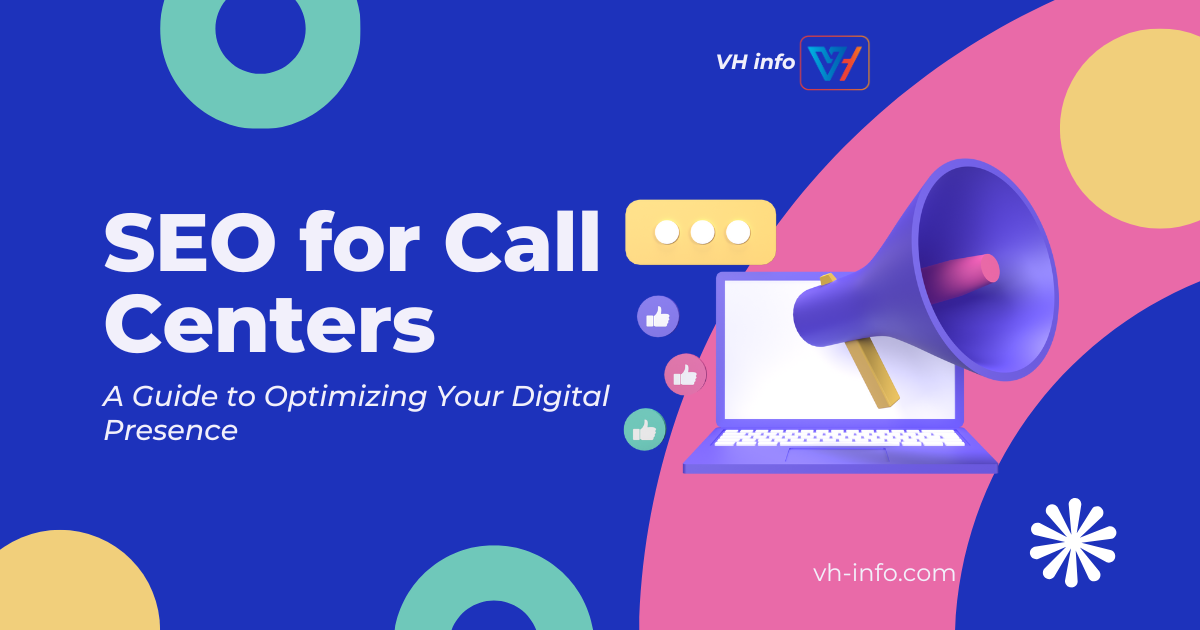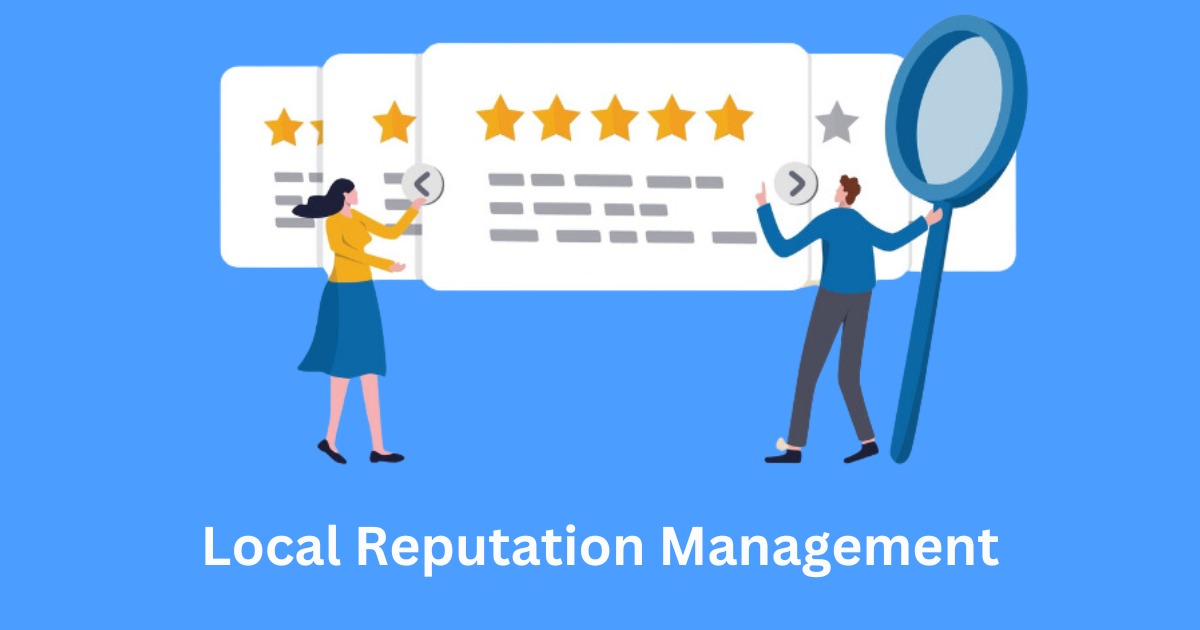
SEO Contract: Importance, Risks, Types & Tactics [Free Template]
In the competitive digital marketing landscape, an SEO contract is more than just a piece of paper—it’s a legally binding

SEO Contract: Importance, Risks, Types & Tactics [Free Template]
In the competitive digital marketing landscape, an SEO contract is more than just a piece of paper—it’s a legally binding

What Are Keyword Modifiers & How To Use Them To Rank Better?
Keyword modifiers are an essential element of any successful SEO strategy. By refining search queries, they help businesses target specific

DA/PA Checker Tools: Check Website’s SEO Authority Of Any Domain
When it comes to a successful SEO strategy, measuring and understanding your website’s authority is important. Domain Authority (DA) and

Who is SaaS SEO Consultant – Drive Revenue Growth & Conversions
In the competitive SaaS landscape, achieving visibility and attracting the right audience is critical. Search Engine Optimization (SEO) plays a

Content Refresh: Why it Matters & How to Get Better Results in SEO
If you create website content as part of your digital marketing efforts, you know how fast online information can become

Mastering Core Web Vitals: A Guide to LCP, FID, And CLS
In the competitive landscape of digital performance, Core Web Vitals have emerged as critical metrics for evaluating a website’s user

SEO for Call Centers: A Guide to Optimizing Your Digital Presence
SEO call center and marketing strive to build your company as an authority on what you do. This is especially

Structure of a Press Release: With Tips & Examples
In today’s fast-paced digital world, a press release is an essential tool for businesses looking to communicate important news to

Local Reputation Management: Best Practices, Strategies & Tools
In today’s digital landscape, local reputation management has become a critical aspect of any successful business strategy. As a local

Top Reputation Management Tips For Success
In today’s digital age, a company’s online reputation can make or break its success. With the rise of social media
WHAT WE
3rd floor, VHinfo, QRXG+CG9 Capital Market, Canal Rd, chokdi, Ravapar, Morbi, Gujarat 363641
VH-info © 2025 | All Rights Reserved